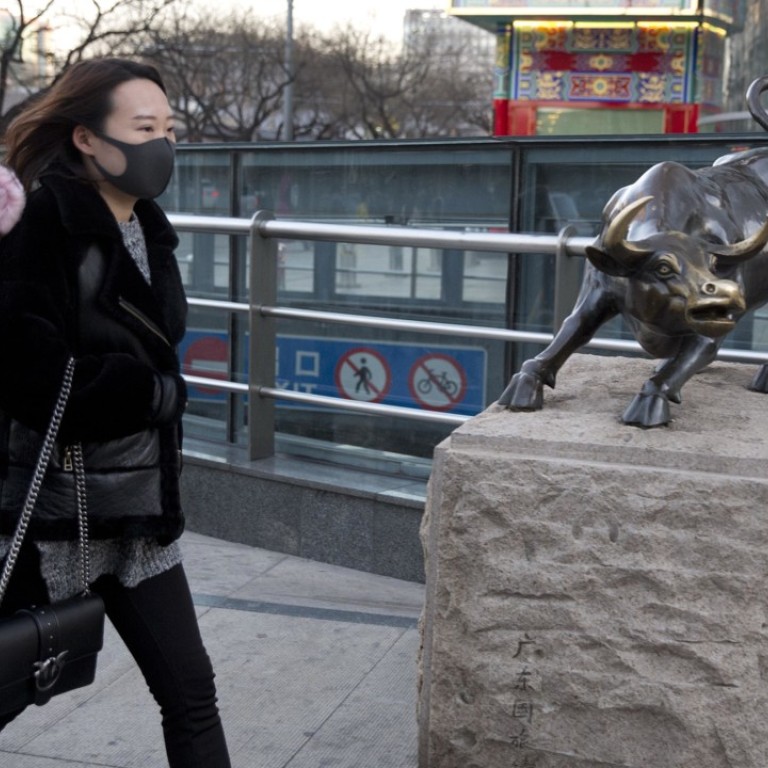
The only thing markets have to fear in 2018 is fear itself
While the list of catalysts that could lead to a downturn is extensive, it is the fears of “short-vol” investors that pose the biggest threat to sentiment
If there was one word that described financial markets in 2017, it was tranquil.
The last 12 months have been the calmest period for US stock markets in more than half a century, with the daily change in the benchmark S&P 500 equities index dropping to its lowest level since 1963. According to Bloomberg, the average level of the VIX Index, Wall Street’s “fear gauge”, which measures anticipated volatility in the S&P 500, in 2017 was 11.1, or roughly 10 per cent lower than the next closest year. The VIX stood below 10 – a record low – for as much 20 per cent of the time in 2017.
For many investors, the unprecedented calm has lasted too long and is storing up trouble, desensitising market participants to the plethora of vulnerabilities in the global economy and, more worryingly, encouraging investors to place big bets on a continuation of the period of low volatility.
The so-called short-vol trade, or selling volatility, now amounts to about US$2 trillion (roughly the size of India’s economy), according to a report by Artemis Capital Management, a US hedge fund, increasing the scope for a disorderly sell-off if volatility erupts again.
At the end of 2017, there were signs that investors were becoming more nervous. Research from the New York Federal Reserve shows that investors are paying significantly more to protect themselves against a surge in volatility in one to two years’ time than was the case before the 2008 financial crisis.
This suggests that while investors believe the calm is likely to persist in the coming months, trading conditions could become a lot choppier towards the end of 2018. The question on every investor’s lips is – what is most likely to trigger a downturn in markets?
The list of possible catalysts for a correction is extensive.
For the time being, the vast majority of investors believe 2018 will pan out in a similar fashion to 2017
The most frequently cited threat to both developed and developing economies comes from the bond market. The policy-sensitive yield on two-year US treasuries has shot up to its highest level since 2008 as the Fed’s interest rate-hiking cycle proceeds apace. Should yields on longer-dated debt start to rise sharply – they are currently being held down by subdued inflation – the effect on asset prices could be brutal.
Other possible triggers for a major sell-off in 2018 include a policy misstep by one of the leading central banks, an intensification of concerns about China’s economy and policy regime, a major political crisis in Italy following the country’s closely watched parliamentary election in March and, most importantly, a sudden end to the “Goldilocks” conditions of buoyant growth and low inflation.
There are also the “unknown knowns”, to paraphrase former US Defence Secretary Donald Rumsfeld, such as the unexpected collapse of a major hedge fund or bank, or a severe geopolitical shock.
Yet what markets have most to fear is fear itself.

Volatility has fallen to such low levels and valuations in bond and equity markets have become so stretched that it would not take much for investors’ fears about a resurgence in volatility – evidenced by the recent increase in the cost of protection against a sharp decline in the S&P 500 – to morph into a sharp and sustained decline in asset prices.
At a time when speculative bets on continued calm in the financial system have become a multi-trillion dollar market, it is the fears of the short-vol traders and investors that pose the biggest threat to sentiment. If volatility suddenly erupts, investors who have been betting heavily on tranquillity persisting will be forced to offset their losses by selling other assets, such as corporate bonds and emerging markets, putting the entire market under huge strain.
Make no mistake, investors’ fears could become a self-fulfilling prophecy.
For the time being, the vast majority of investors believe 2018 will pan out in a similar fashion to 2017, with the withdrawal of monetary stimulus by central banks at a sufficiently early stage to keep supporting asset prices. Yet markets are fickle. The mood music can change very quickly – particularly at a time when, according to the latest fund manager survey by Bank of America Merrill Lynch, a record high percentage of investors believe global stock markets are overvalued.
It is market psychology that will be the most important determinant of asset prices in 2018.
Nicholas Spiro is a partner at Lauressa Advisory

